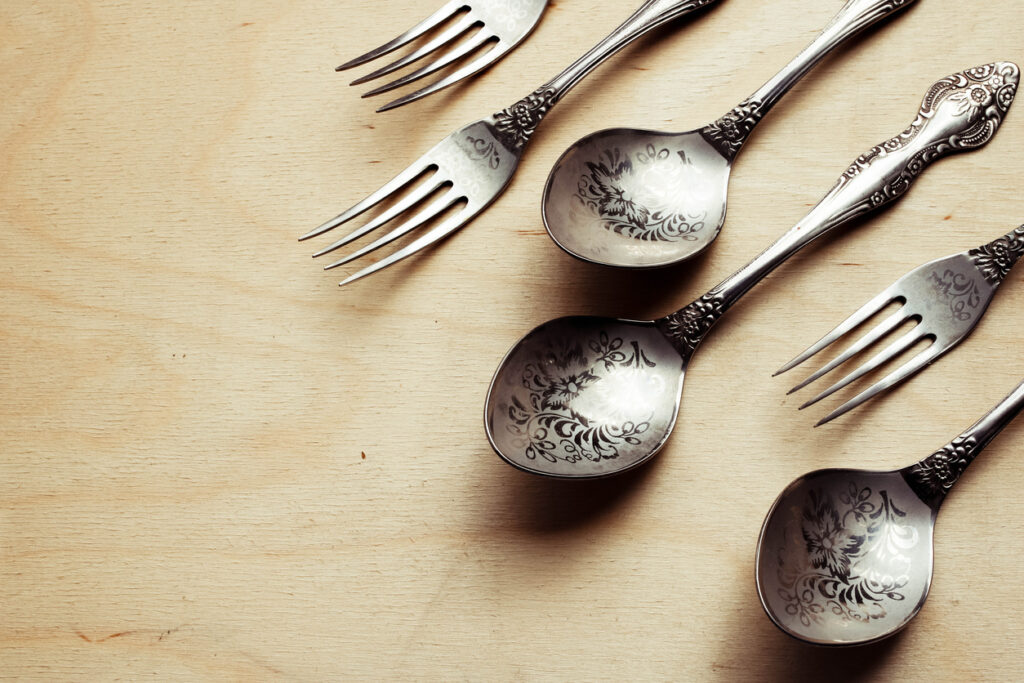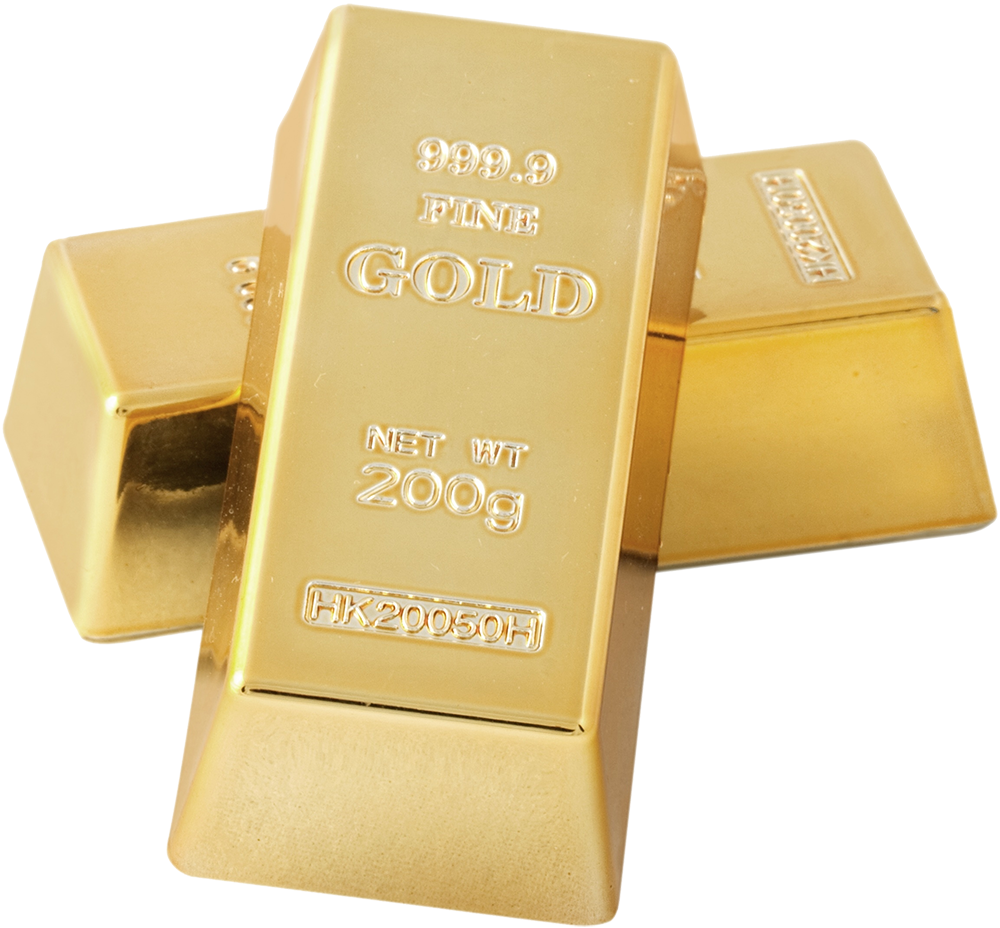You’re hosting a dinner party, so you decide to break out “the good” silver flatware.
But how good is it really?
We often get queries about silver plated flatware value and how much silverware is worth. It can be tough to tell whether your silverware is the genuine article. You might be dealing with:
- Genuine sterling silver
- Silver-plated flatware (metal coated with a thin layer of silver)
- Stainless steel made to look like silver.
If you’re confused, don’t worry. There are some things you can do to tell whether your silver flatware is the real deal.
- Using a soft, light-colored cloth, buff your flatware piece. Authentic silver accumulates a layer of oxide when exposed to air and buffing it will remove this oxide and leave a black mark on your cloth. You won’t see this mark with silver-plated or sterling silver flatware.
- Look at the surface of the item, particularly its handle. Silver-plated flatware will chip or wear away over time to expose the metal underneath.
- Real silver will typically carry a hallmark, a number or symbol that tells you the silver content. (For example, a sterling silver piece will have “Ster” imprinted on it.) These hallmarks might be small, so you may need to have a magnifying glass for this work.
- Keep in mind that very old silver pieces – pieces that predate the Civil War – may have no marks at all, while others might have the name and mark of the piece’s maker.
- Silver-plated flatware, meanwhile, will have markings that say things like “silver plate,” “EP” or “EPNS.” Silver-plated flatware value is essentially negligible compared to real silver, although older, well-kept pieces might sell for more than newer ones.
- Have the flatware inspected by a jeweler. Their normal test for determining the authenticity of silver is to place a very small drop of nitric acid on the piece (in an area that’s not noticeable). If your item truly is silver, the acid will create a green mark.
It’s a good idea to let a jeweler perform this test on their own. They have the expertise to examine your silverware without damaging it.
Selling your silver flatware
There are a few routes you can take when it’s time to sell silver flatware:
1. An online auction
Collectors tend to pay well for rare items or for pieces that can help them complete their collection. Just be prepared to potentially devote a lot of time to this effort.
2. Silver matching services
Some businesses will buy silver and then resell those pieces to collectors. This too can be an involved process. There won’t be much work on your end, but you may have to wait quite some time to get a bid from the service.
3. Cash for silver businesses
If you can’t find a private buyer for your silver, you may want to think about visiting a store that buys gold and silver. These stores are fairly easy to find, but we’d recommend monitoring precious metal prices before you go. You don’t want to try to sell your silver when prices are low.
It also helps to make sure the store buying your silver is reliable. That’s where we come in. Doylestown Gold Exchange has spent the last few decades building a reputation as a trustworthy and dependable silver-buying business.
Customers can always expect an honest answer from us, whether they’re trying to determine silver-plated flatware value or looking to get cash for sterling silver pieces.
We’d be happy to examine your silver flatware pieces, even if you don’t end up selling them. Contact us today to schedule your free appraisal.


